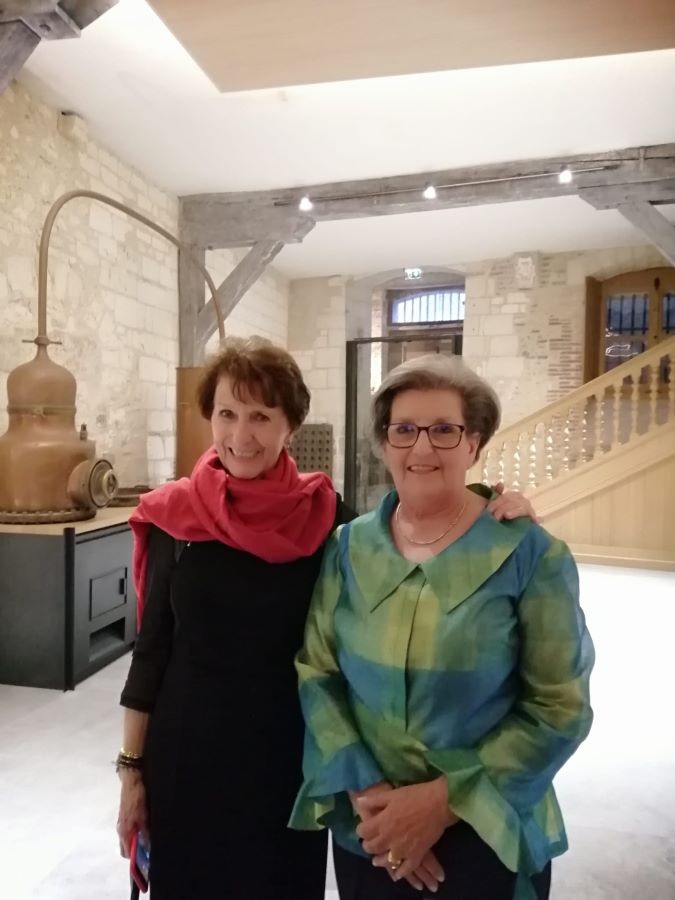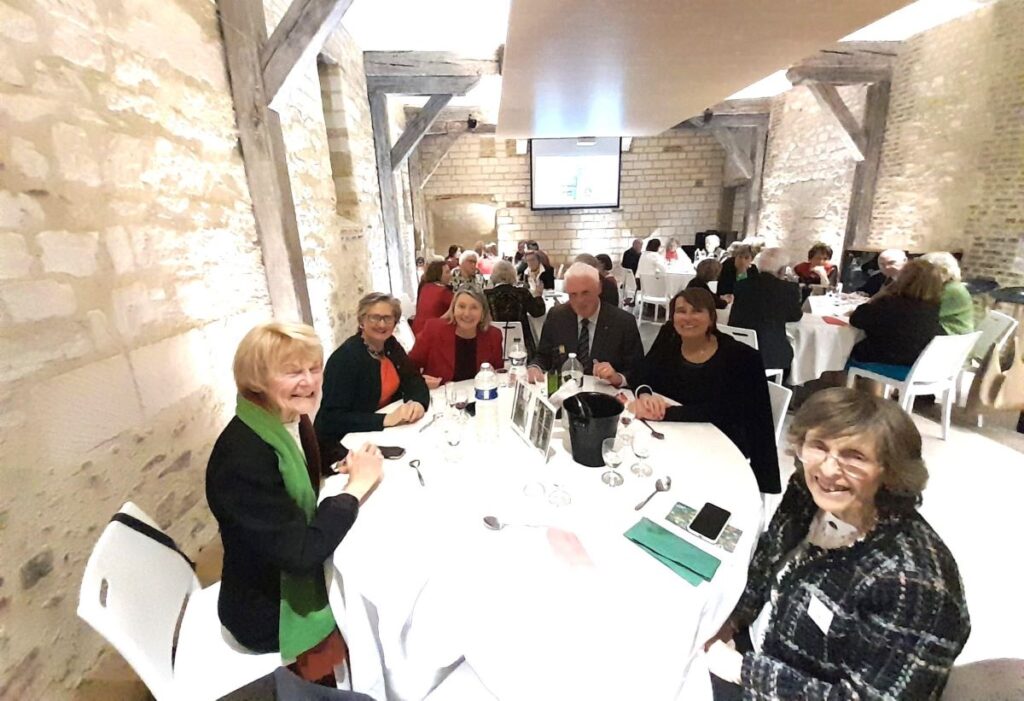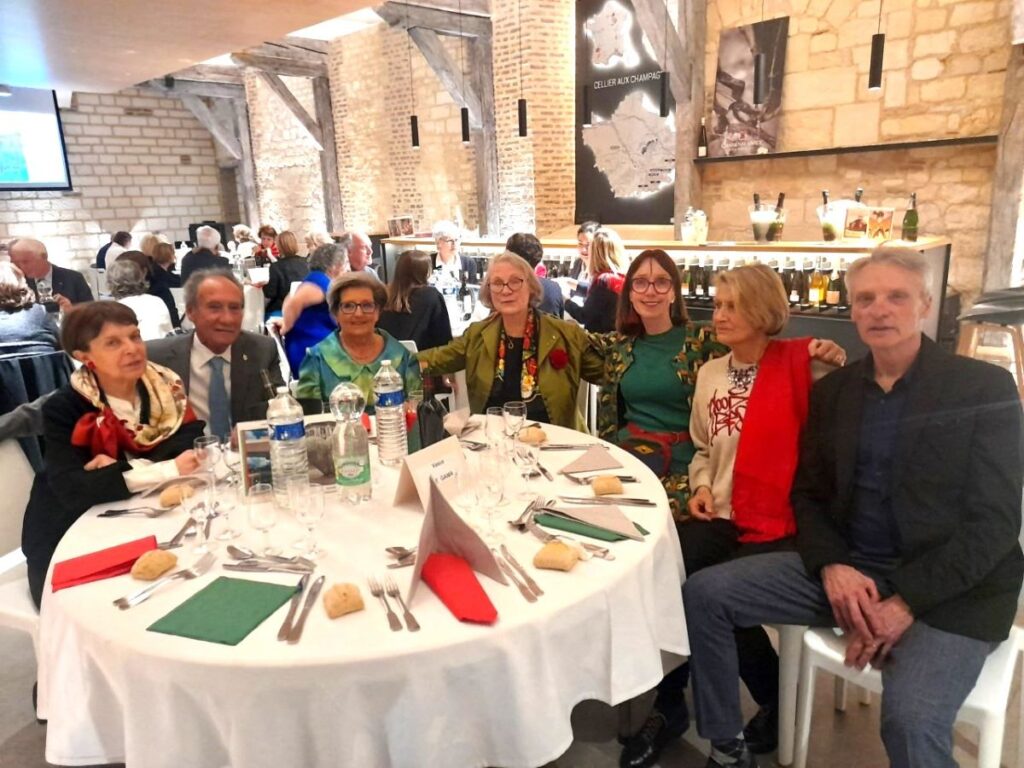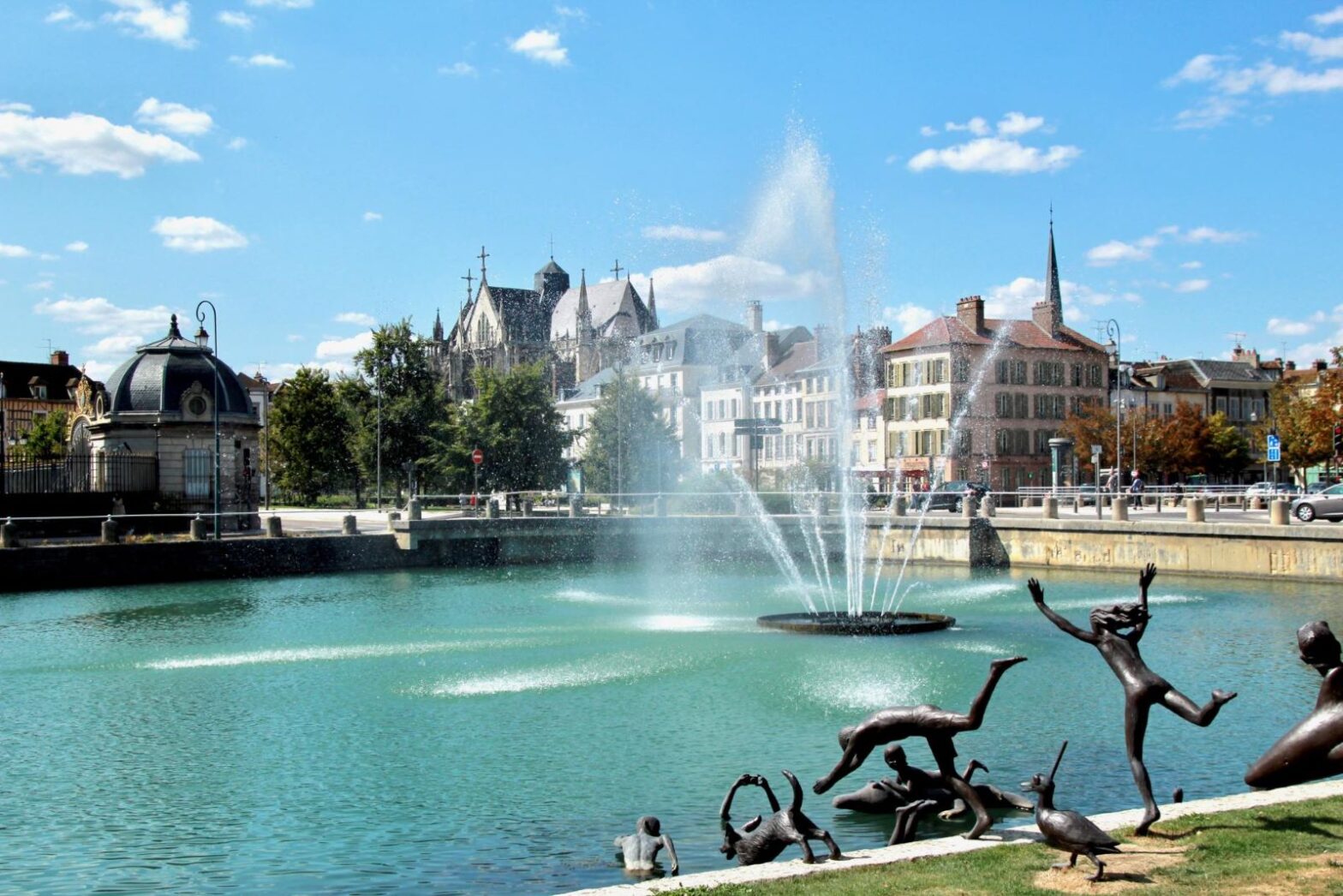At the end of March, we travelled to Troyes as part of our twinning agreement with the Troyes Club, at the invitation of the Troyes Club Board.
The city of Troyes is located south-east of Paris and directly south of Reims, and is the capital of the Aube department in the Greater East region of north-eastern France. The city is the historic capital of Champagne.
Troyes developed during Roman times, when it was known as Augustobona Tricassium. The city has a rich historical past, from the original tribe of the Tricasses to the liberation of the city on 25 August 1944 during the Second World War, including the Battle of the Catalaunian Plains, the Council of Troyes, the marriage of Henry V and Catherine of France and the Champagne fairs, to which merchants from all over Christendom came.
Textile manufacturing, which developed from the 18th century onwards, has been an important part of Troyes’ economy. Today, Troyes remains the textile capital of France, both for the production and commercialisation of textile products, notably through its numerous factory shops concentrated in two locations on the outskirts of the city. Lacoste, a well-known brand, has its production headquarters in the city.
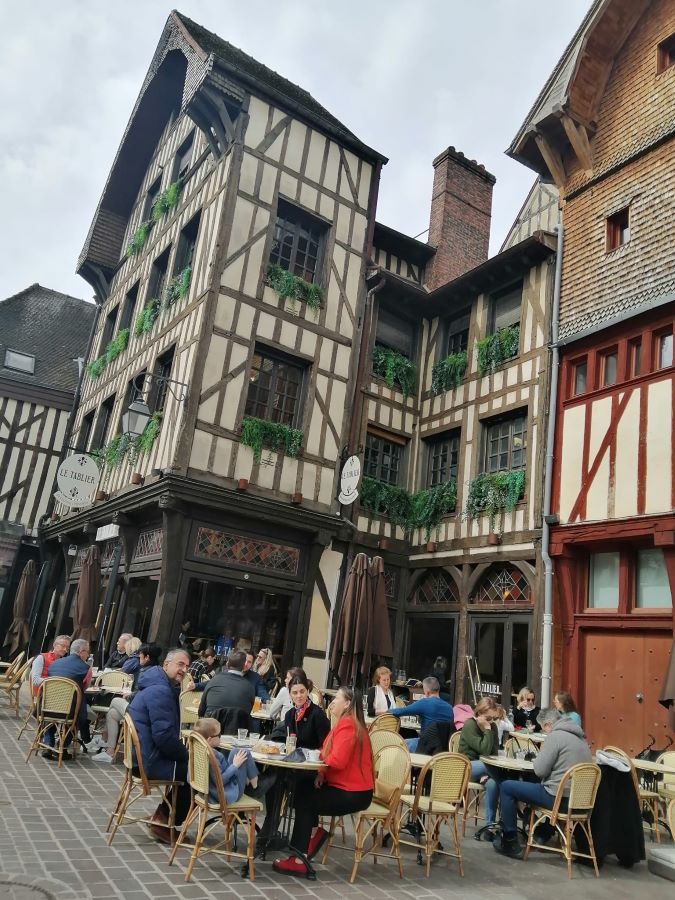
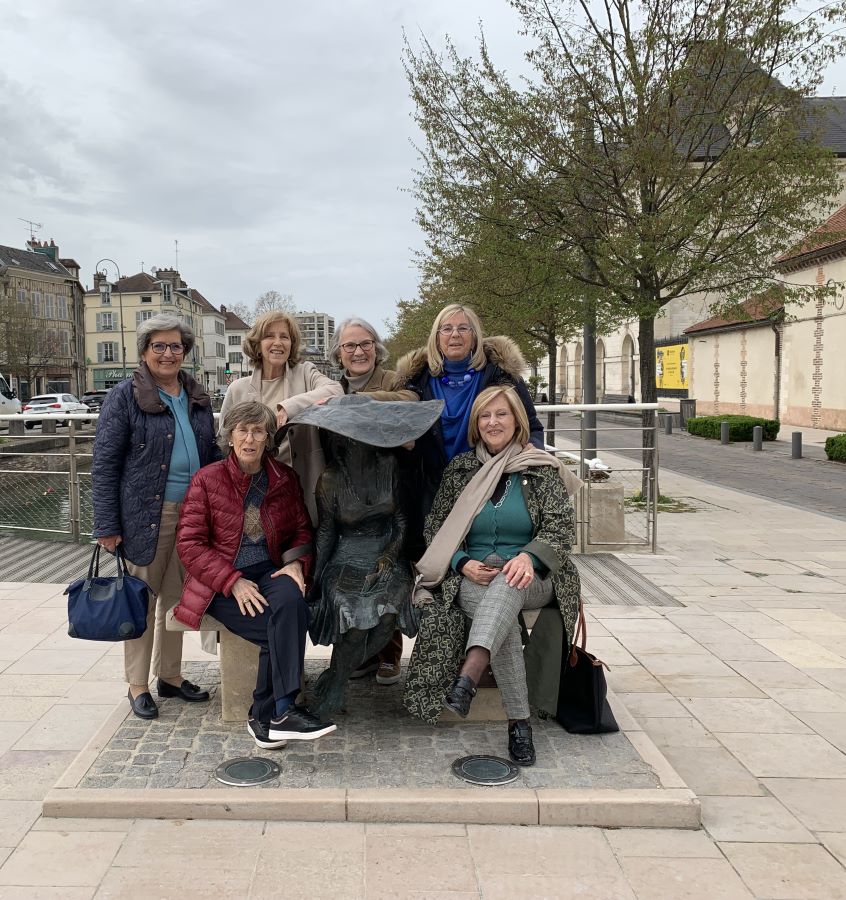
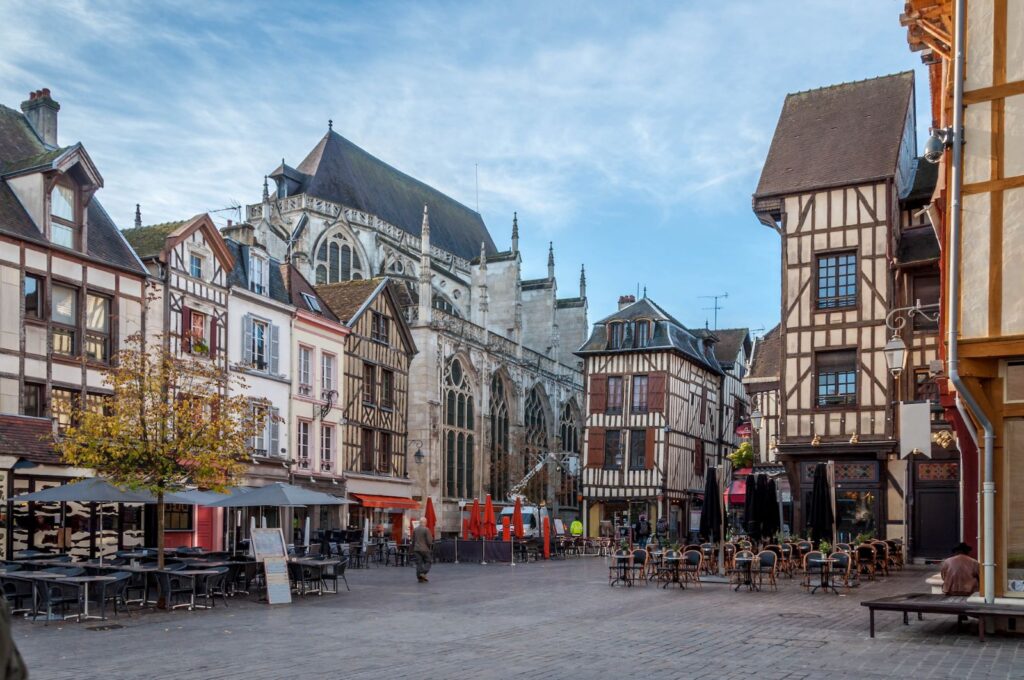
The Heart of Troyes is a sculpture by local artists Michèle and Thierry Kayo-Hoüel that has quickly become the city’s new emblem on the renovated quayside along the old canal. It’s a truly elegant work of art that belies its real weight (2 tonnes), an emotive piece that glows red at night when you approach it.
This monument symbolises the romantic side of the old town. In fact, Troyes had the privilege of hosting the “Courts of Love”, where matters of love and the heart were decided and disputes between spouses were arbitrated. There was also a time when Troyes was the place of choice for royal weddings, with monarchs such as Louis X of France and Henry V of England.
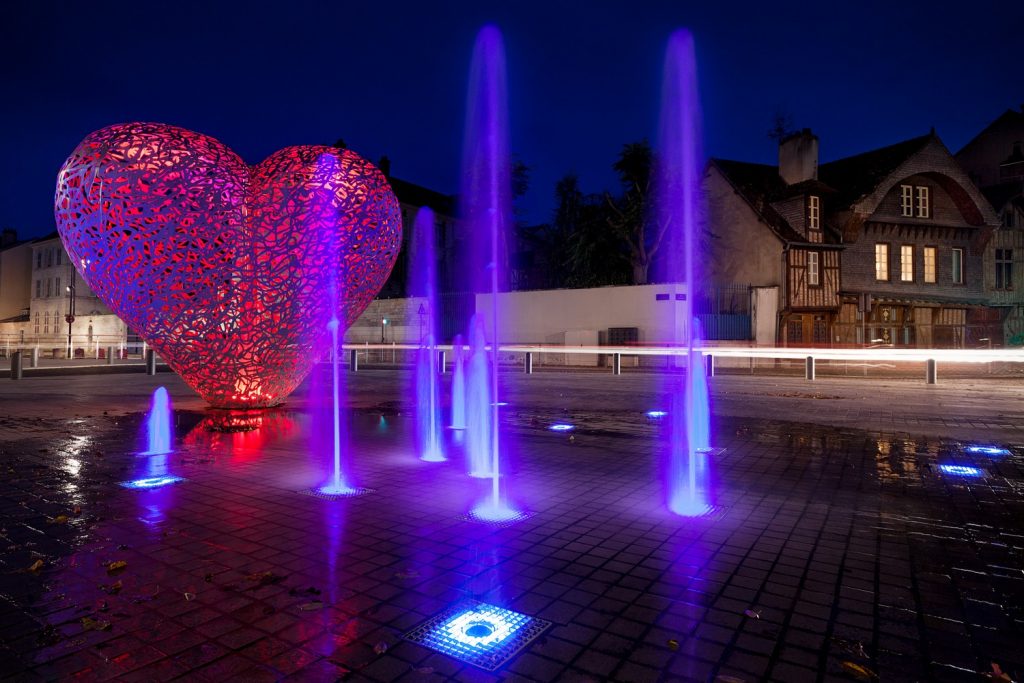
The city has a rich architectural and urban heritage, with many buildings protected as historical monuments, including the surviving houses in the old town (mainly from the 16th century). Timber frame construction (Holzfachwerk) is a traditional method of building with heavy timber, creating structures with squared timbers that are carefully adjusted and joined with joints secured by large wooden pegs. If the supporting timber structure is left exposed on the outside of the building, it can be called half-timbered and, in many cases, the infill between the timbers is used for decorative purposes.
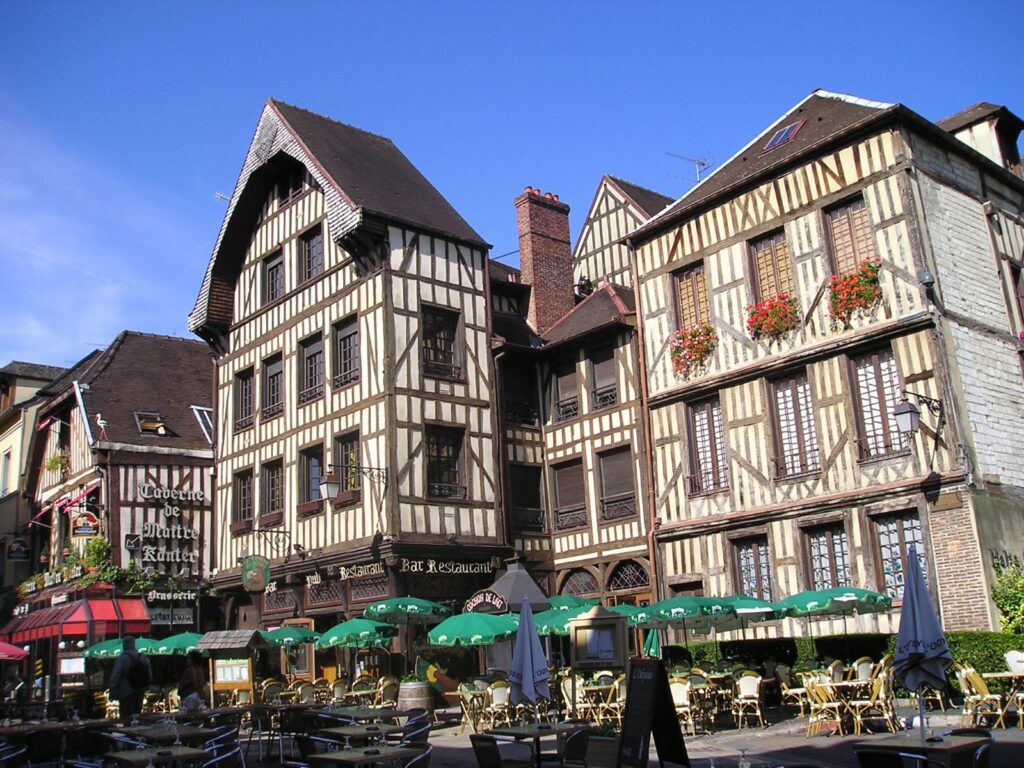
At the Stained Glass Museum, which opened in mid-December 2022, you are at eye level with the windows to better admire the skill of the craftsmen who made them and learn about their trade. The museum has 25 stained glass windows, ranging from the 12th century to the present day. There are religious windows, of course, but also civil ones. Highlights include some stained glass windows that belonged to the Basilica of St Denis, on the outskirts of Paris.

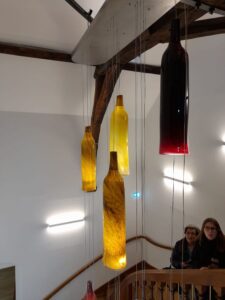


Of the 25 churches that previously existed in the city, 9 have survived. Most of them have stained glass windows, paintings and statues, many of which belong to the Troyes school of sculpture from the early 16th century.
St Magdalene is perhaps the oldest church in Troyes (12th century) and certainly one of the most beautiful. It was classified as a Historic Monument in 1840. It is above all famous for its jubé stone, real chiselled lace, sculpted by Jean Guailde (early 16th century) who, according to legend, is buried under it. Noteworthy is the statue of St Martha, a typical example of 16th century Troyesque art, said to have been made by the workshop of the “Master of Sad Faces”.
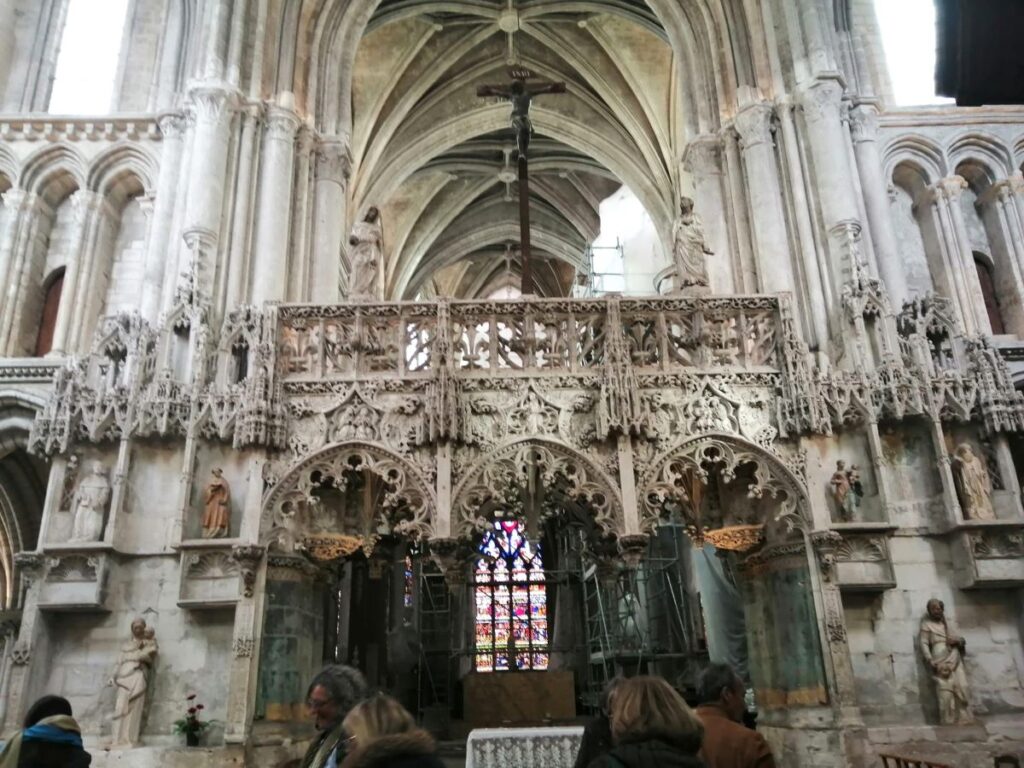
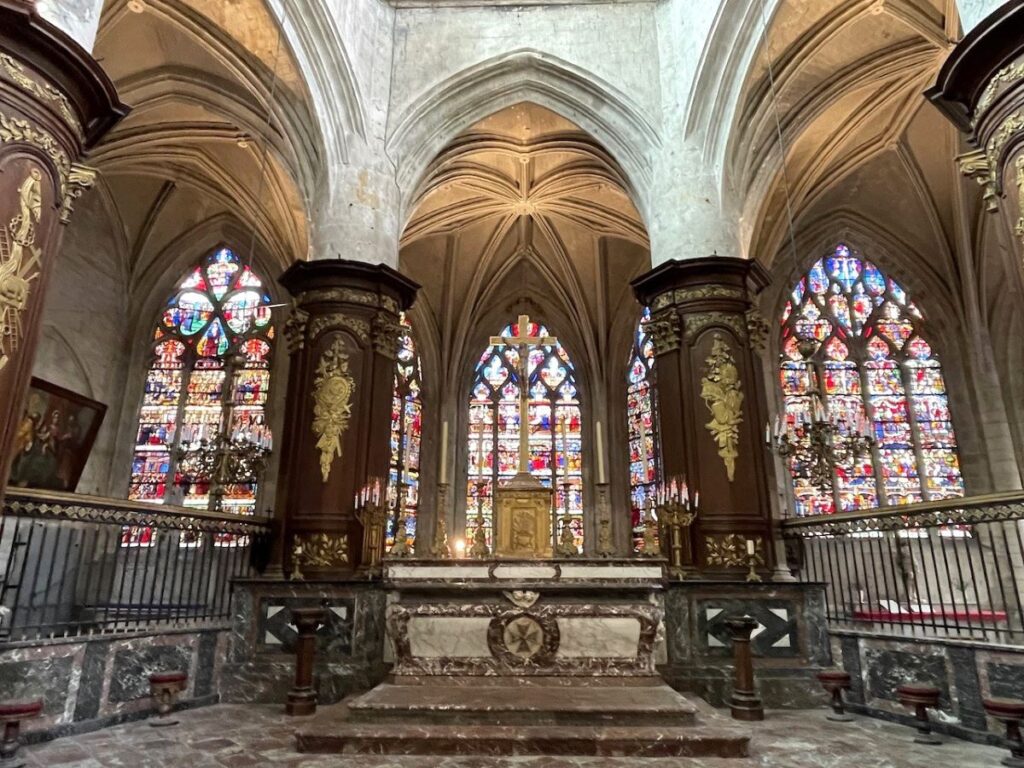
The remarkable cathedral of St Peter and St Paul (13th-17th century) was built in a variety of Gothic styles and, over its 1,500 square metres, has around 180 magnificent stained glass windows, among the most remarkable in France. Don’t miss the Treasure House, a low vaulted room to the right of the nave, which experts say is one of the four most important church treasures in France. An inscription at the base of the tower records that Joan of Arc, escorting Charles VII to his coronation in Reims, was celebrated there with solemnity in 1429, after receiving the surrender of Troyes.
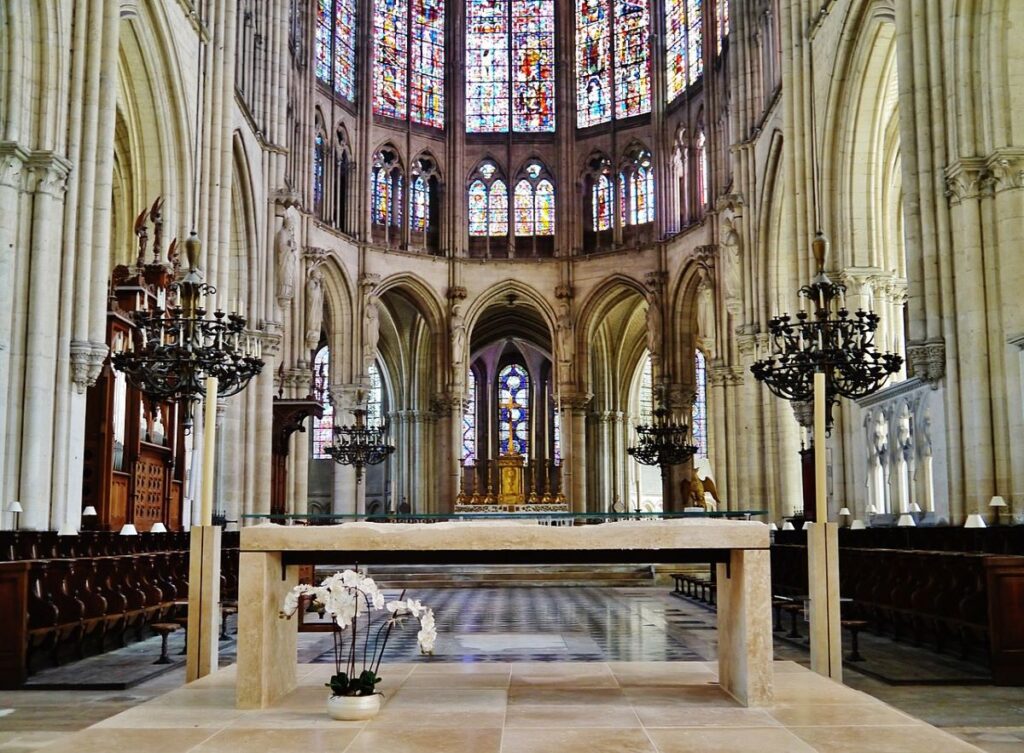

The Charles de Gaulle Memorial is a place of remembrance around General de Gaulle, portraying, through the person of Charles de Gaulle (1890-1970), the great historical events of the French 20th century.
La Boisserie, General de Gaulle’s former personal residence in Colombey-les-Deux-Églises, on the Upper Marne, has been a museum open to visitors since 1980, owned by his son, Admiral Philippe de Gaulle. The house and its park, including the fence overlooking the street, have been considered historical monuments since 6 September 2004. Only part of the building is open to the public, such as the dining room, library and study.
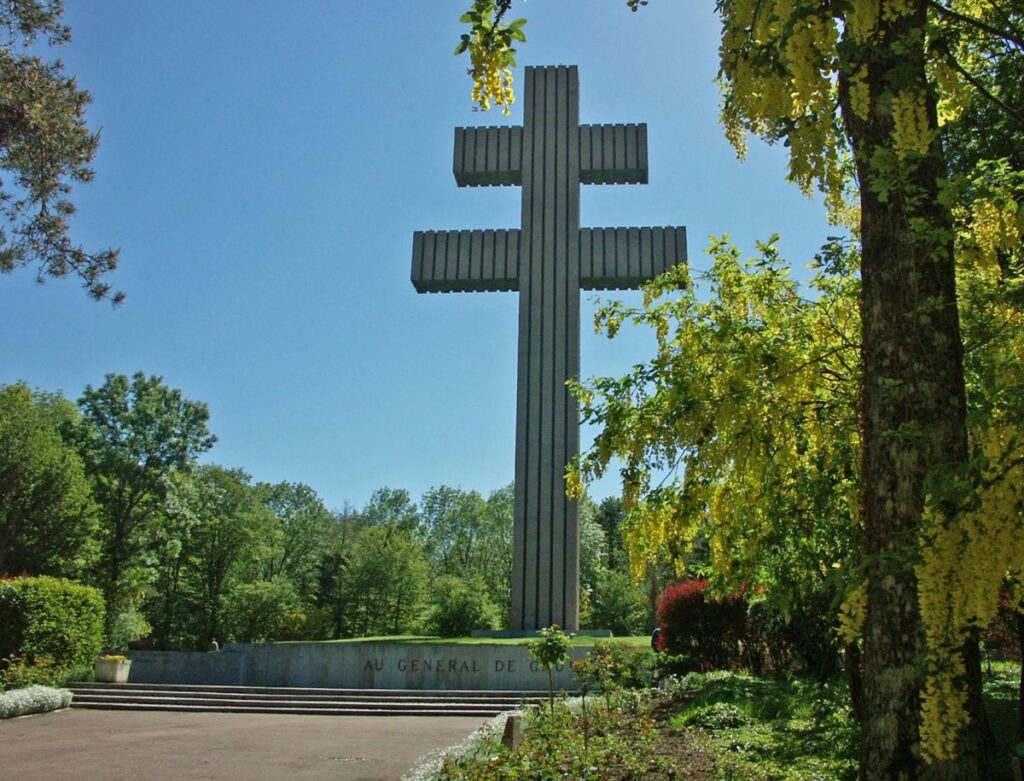
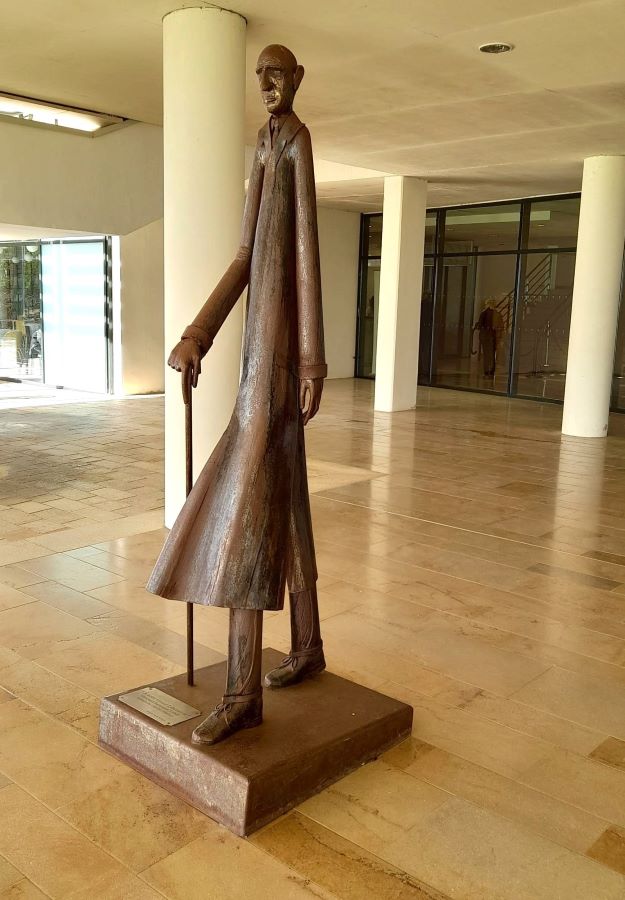
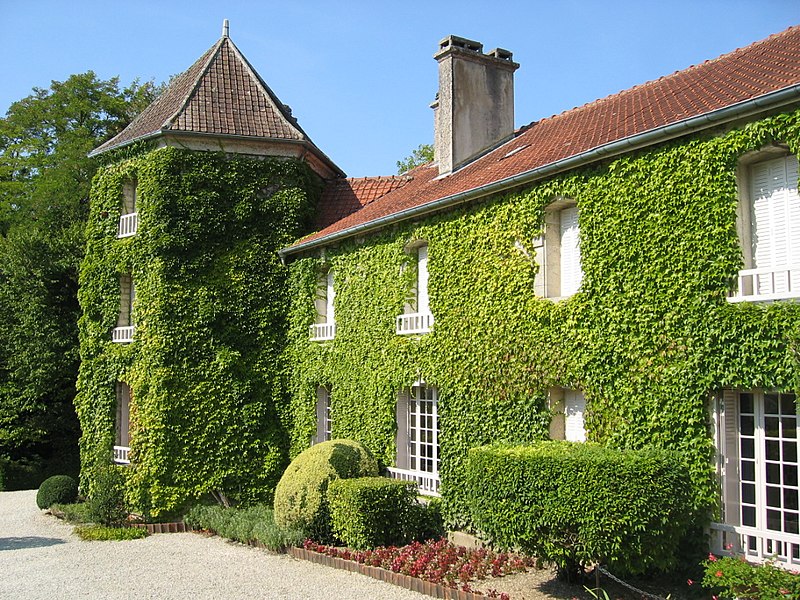
As Troyes is the historic capital of Champagne, a trip to Urville with a visit to the estate and the Champagne Drappier winery, with tastings of various types of champagne, was a must. In 1808, the Drappier family estate was established around the magnificently preserved medieval abbey. Today, it is managed by Michel Drappier and serves to store and age the exceptional wines he produces.
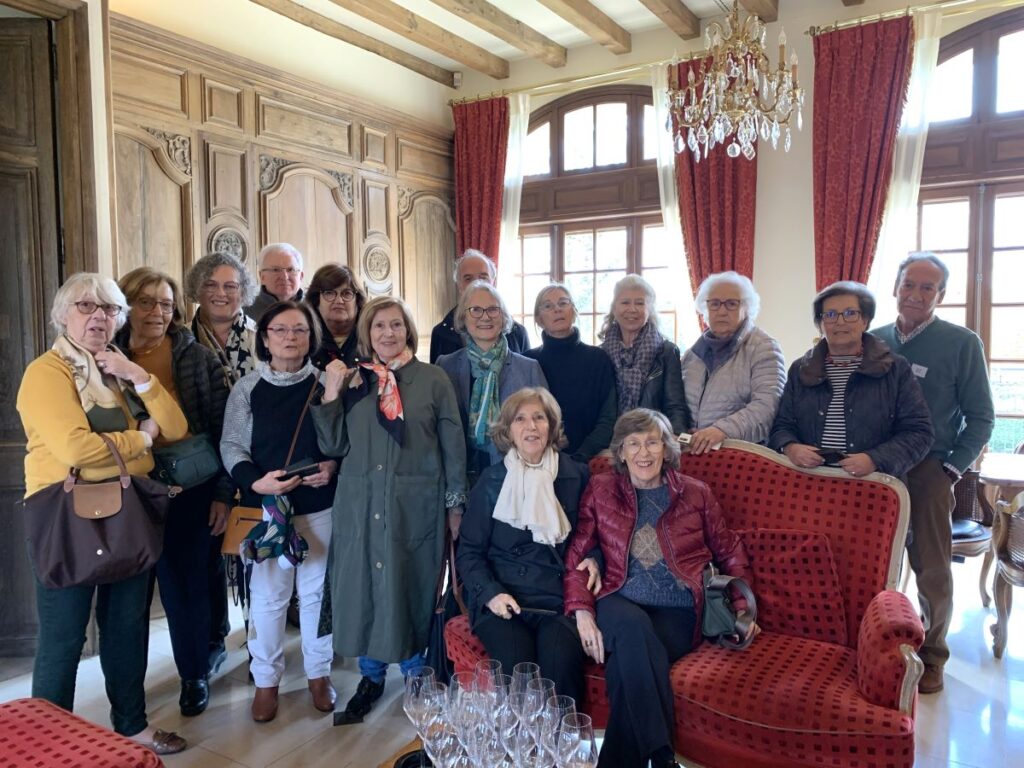
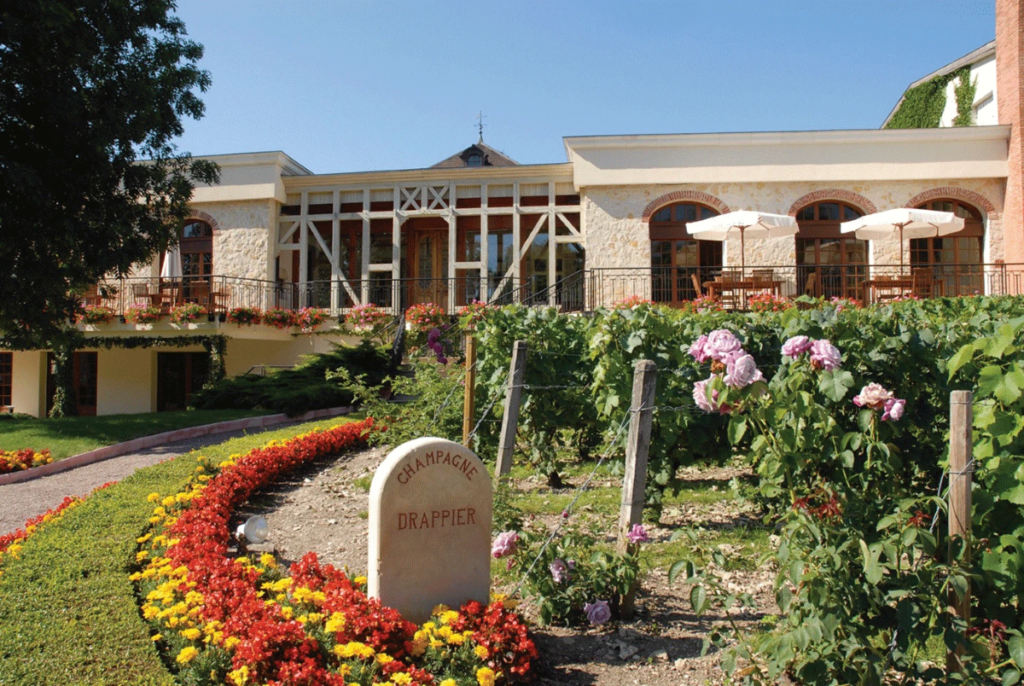
The Gala Dinner took place at Le Cellier St. Pierre, where all the members of the Club of Troyes present were kind enough to wear a red and green ornament in honour of the Portuguese flag. Present at the dinner was Sabine Larger, founder of the Lyceum Club of Lisbon and our honorary member (first image below, to the left of our member Teresa Matos).
